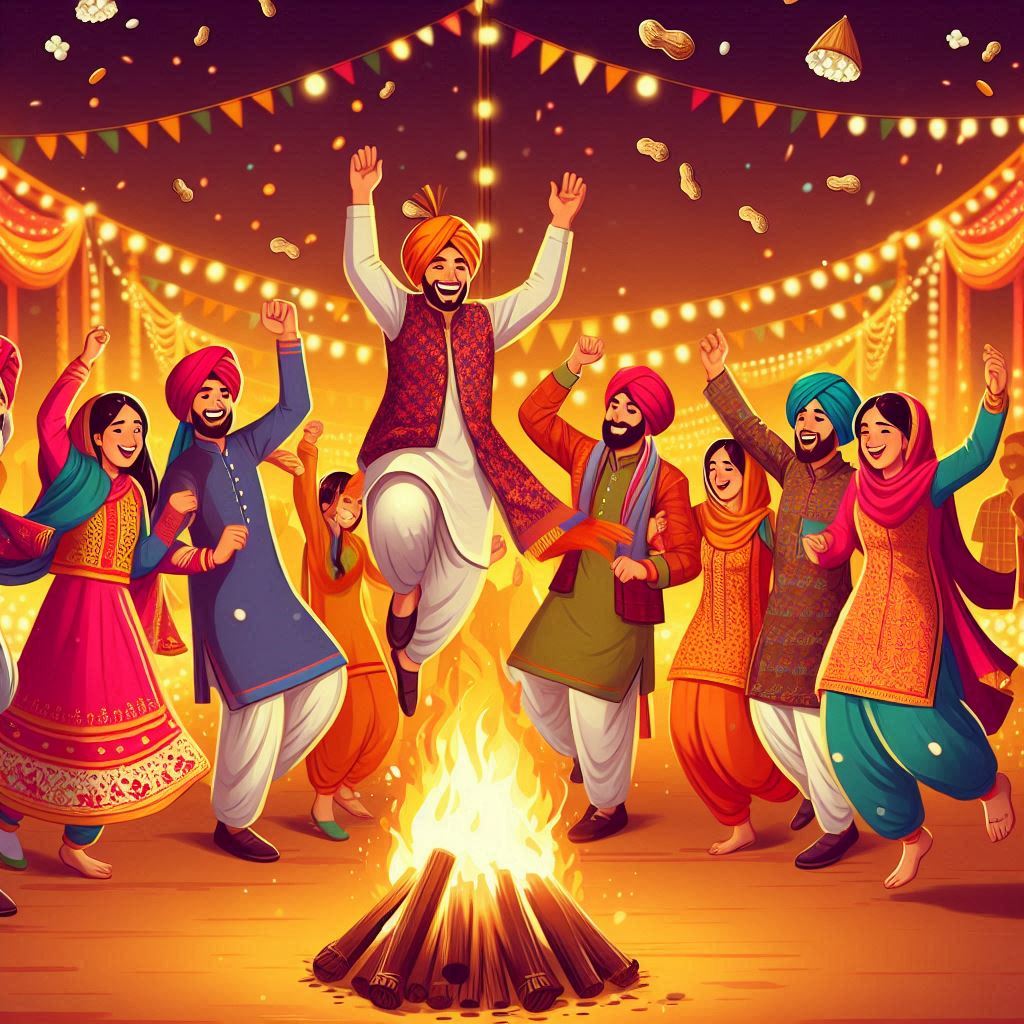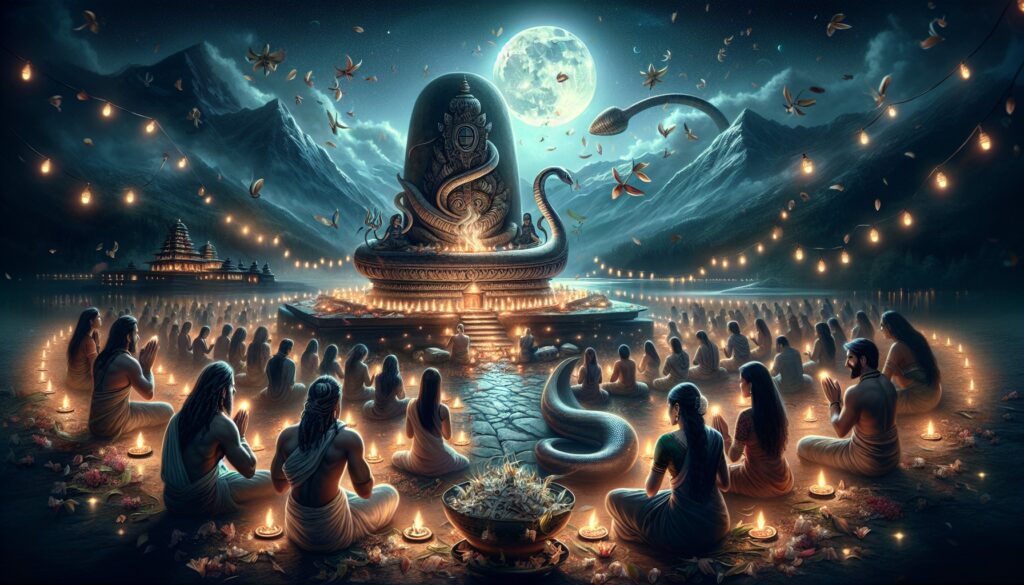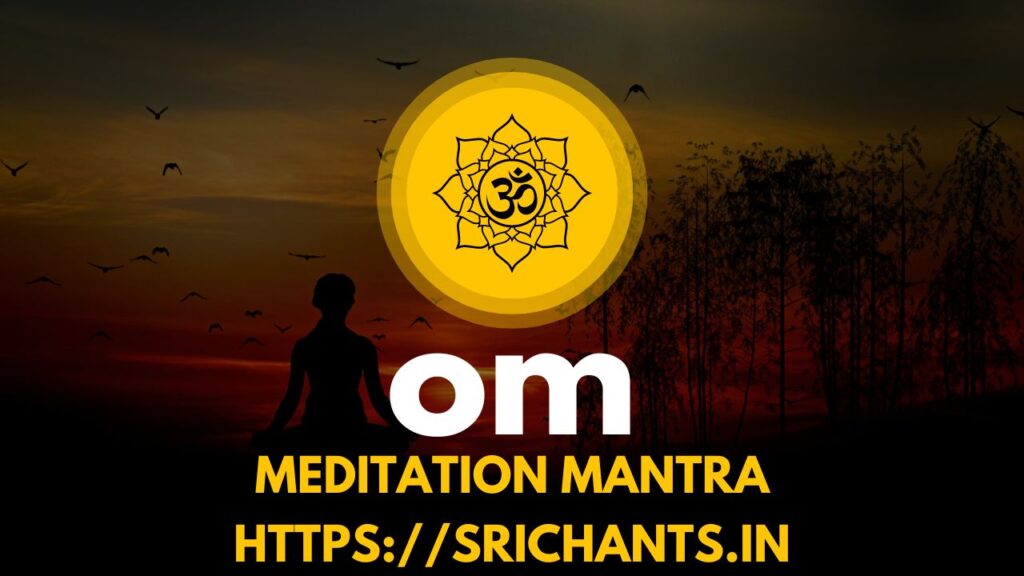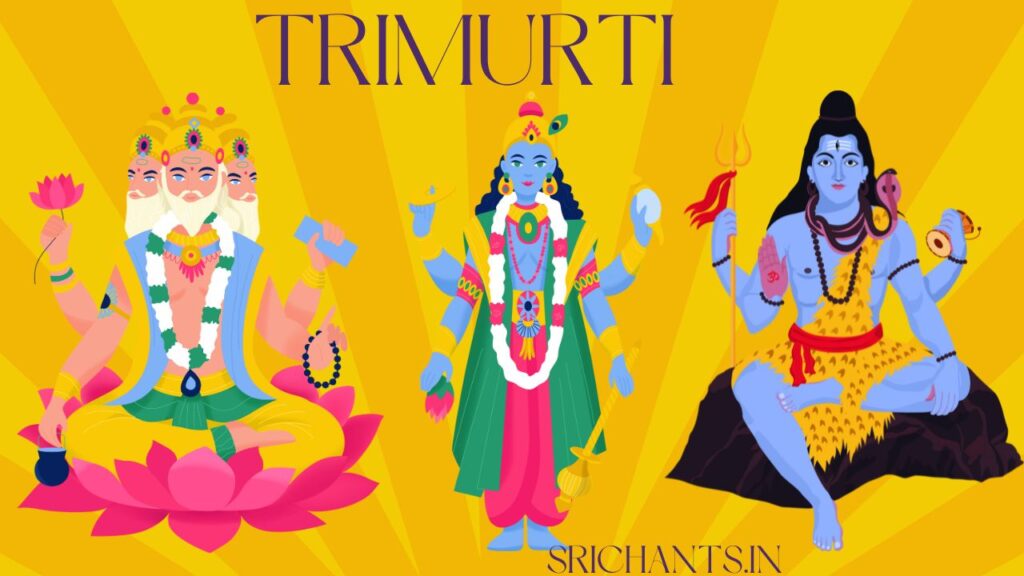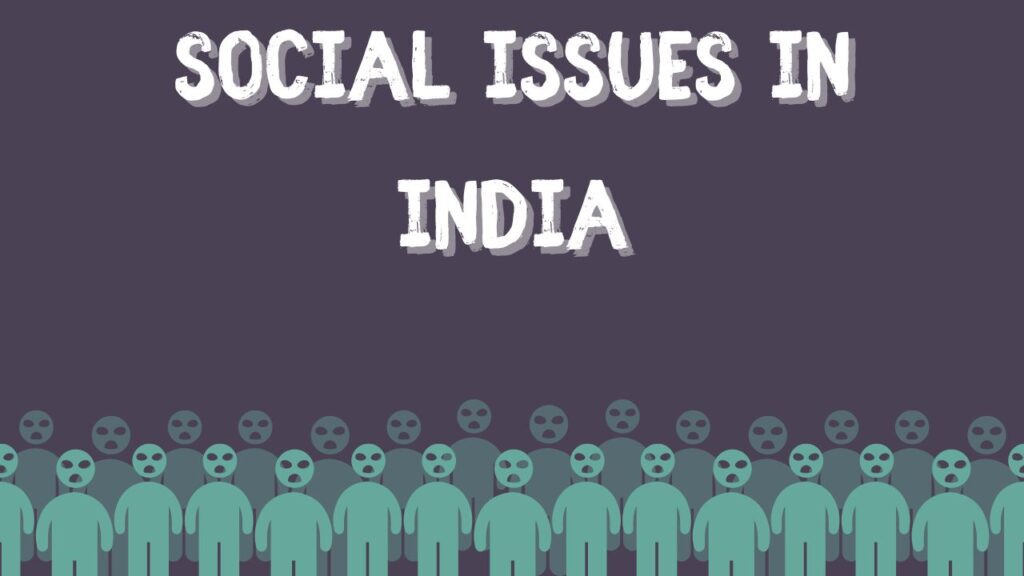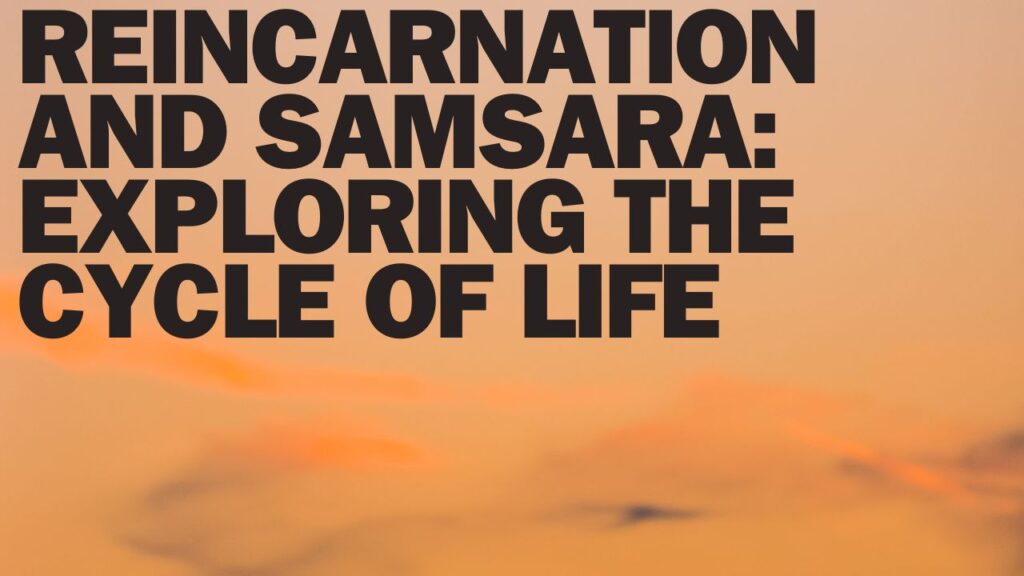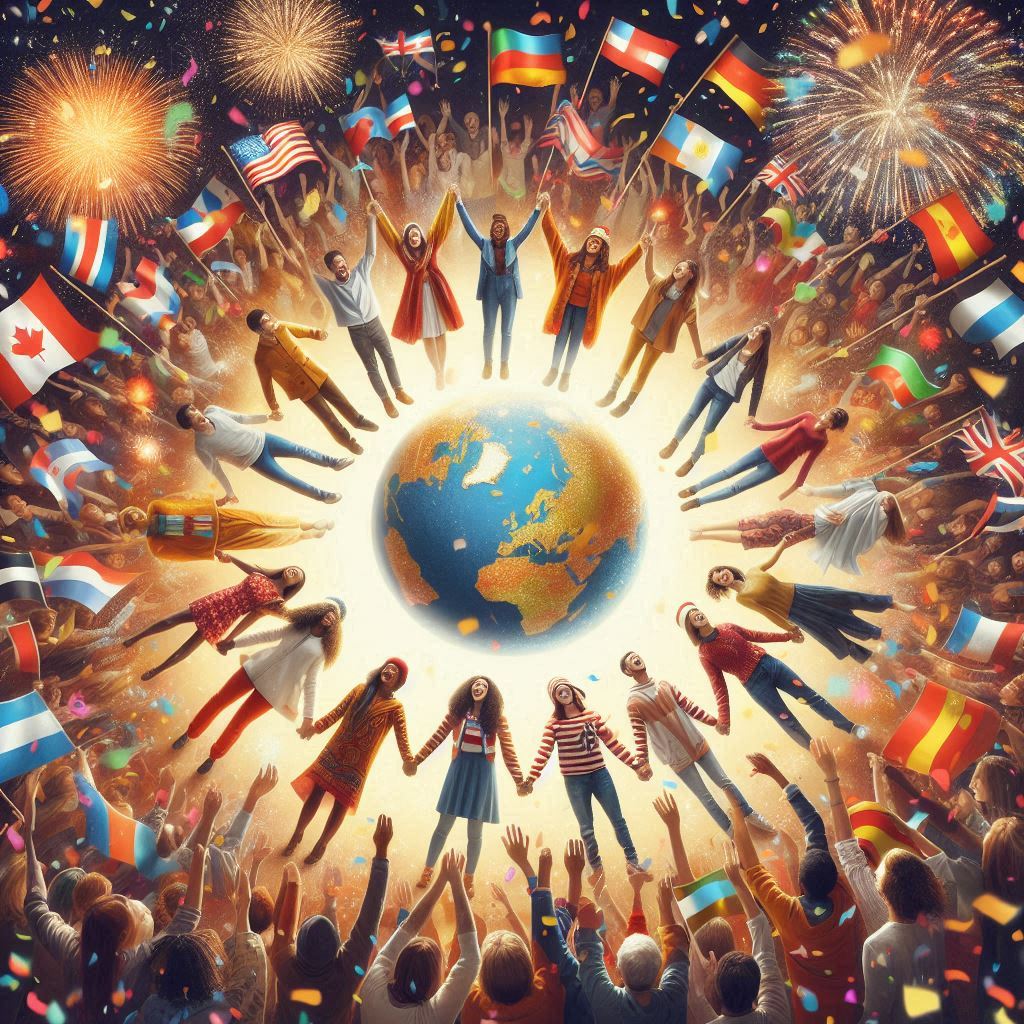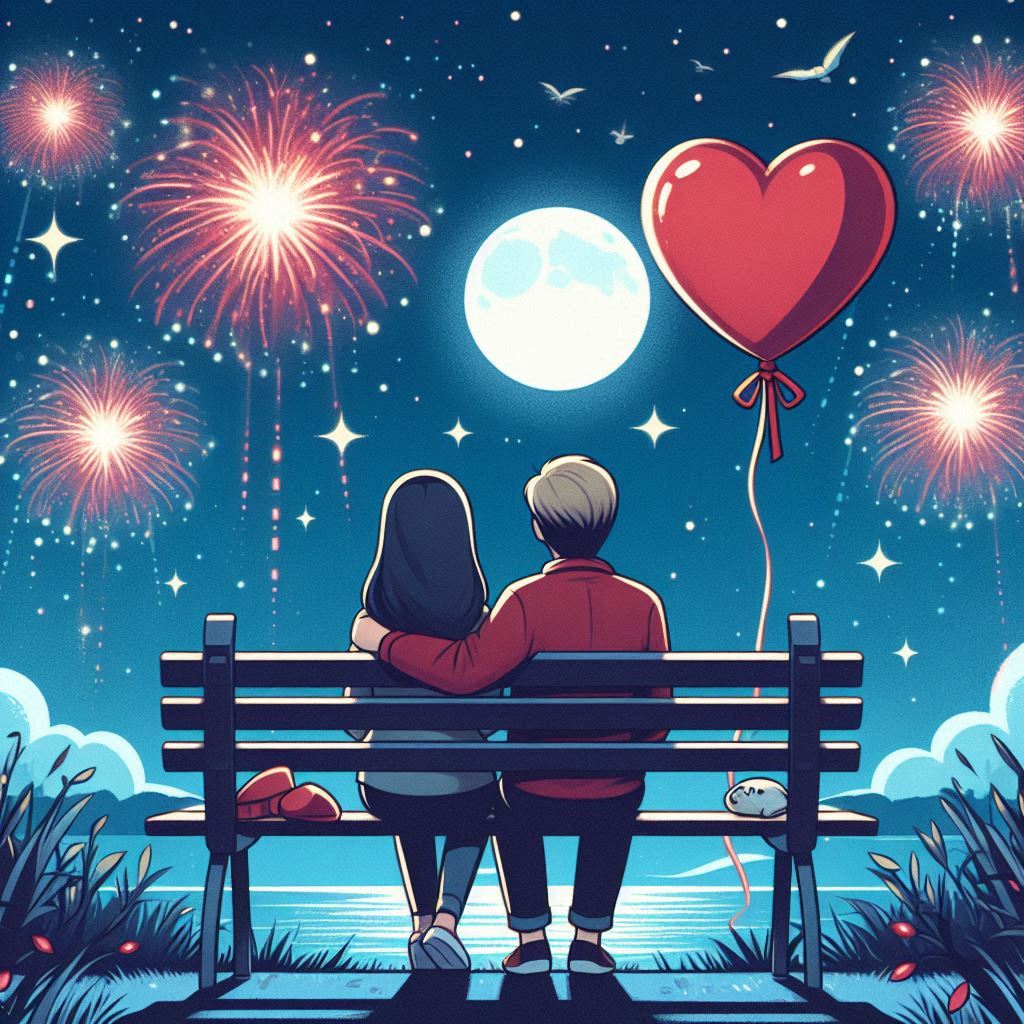Lohri: A Vibrant Celebration of Harvest and New
Introduction
HistoryStarting a new year in India is celebrated with great enthusiasm; Lohri is among the most loved and lively celebrations of all. Deeply rooted in North India’s cultural fabric, especially Punjab, this harvest celebration marks the end of the winter solstice and the start of longer, warmer days. The first major holiday of the year, Lohri embodies the expectation of wealth, thanksfulness, and community harmony.
The Origins and Significance of Lohri
Lohri comes from very strong agricultural customs and culture. Mostly seen in the northern parts of India, this celebration is very significant to farming people. Representing the earth’s rising towards the sun, it is a happy homage to the solar deity and fire god.
Agricultural Roots
Lohri has a basic link with the agricultural cycle. It is scheduled to coincide with the rabi commodities harvest, especially wheat, which forms the basis of Punjab’s agricultural economy. Lohri commemorates the bounty of nature and the year-round dedication of farmers brought about by its timing.
Mythological Connections
The festival is connected with several legends that add to its cultural diversity. A populist story revolves on Dulla Bhatti, a folk figure honored for his Mughal era Robin Hood-like exploits. Lohri songs and customs honor his deeds liberating young women from slavery and setting up their marriages.
Astronomical Significance
Lohri from an astronomical standpoint marks the sun’s journey northward, sometimes known as Uttarayan. This celestial event marks the end of winter’s height and the slow change to spring, so offering hope for plenty of crops and milder days.
The Date and Timing of Lohri Celebrations
Usually observed in line with the solar calendar, Lohri is January 13th every year. Still, the exact date could differ somewhat depending on traditional lunar calendars.
Calendar Considerations
In the Punjabi calendar, Lohri falls on the last day of the month of Poh (Paush), considered the coldest month. This timing is significant as it marks the midpoint of winter, after which the days start getting longer and warmer.
Regional Variations
While January 13th is the most common date, some communities may celebrate Lohri on the 14th, depending on local customs and lunar calculations. This flexibility in dates reflects the diverse cultural practices across different regions.

Geographical Spread of Lohri Celebrations
Although Lohri is most prominently celebrated in Punjab, its observance extends to various parts of North India, showcasing the festival’s widespread appeal and cultural significance.
Core Celebration Regions
Punjab remains the heartland of Lohri celebrations, where the festival is observed with the greatest fervor and traditional authenticity. The festivities here are deeply ingrained in the social and cultural fabric of both rural and urban areas.
Extended Celebration Areas
Beyond Punjab, Lohri is enthusiastically celebrated in:
- Haryana: Where it blends with local customs and traditions
- Himachal Pradesh: Especially in the lower regions bordering Punjab
- Jammu: Where it’s observed with unique regional flavors
- Parts of Delhi and Uttar Pradesh: Reflecting the cultural influence of Punjabi communities
Global Celebrations
With the spread of the Punjabi diaspora, Lohri celebrations have found their way to various parts of the world. Countries with significant Punjabi populations, such as the UK, Canada, and Australia, often host community Lohri events, keeping the tradition alive far from its roots.
Traditional Lohri Rituals and Customs
The celebration of Lohri is marked by a rich tapestry of rituals and customs, each carrying deep symbolic meaning and cultural significance.
The Sacred Bonfire
Central to Lohri celebrations is the lighting of a bonfire. This ritual is not merely for warmth but carries profound symbolic importance:
- Gathering Materials: Days before Lohri, people collect wood, dried leaves, and other combustible materials for the bonfire.
- Lighting the Fire: As evening descends, the community gathers to light the bonfire, often accompanied by prayers and songs.
- Offerings to the Fire: Participants toss puffed rice, popcorn, and sweets into the fire as offerings to Agni, the fire god.
Circumambulation and Prayers
People walk around the bonfire in a clockwise direction, offering prayers for prosperity and good health. This act is believed to purify the soul and bring good fortune.
Traditional Songs and Dances
The air resonates with the rhythmic beats of dhols (drums) and the melodious tunes of Lohri songs:
- Folk Songs: Traditional Lohri songs, often narrating tales of Dulla Bhatti or praising the sun god, are sung with great enthusiasm.
- Bhangra and Gidda: These energetic Punjabi folk dances are performed around the bonfire, adding to the festive spirit.
Festive Attire
Lohri is an occasion for people to don their best traditional attire:
- Women often wear vibrant salwar kameez or phulkari dupattas
- Men dress in kurta-pajamas, sometimes complemented with colorful turbans
Lohri Feasts and Traditional Foods
No Lohri celebration is complete without its array of traditional delicacies, each holding a special place in the festival’s culinary traditions.
Staple Lohri Foods
- Sarson da Saag and Makki di Roti: This classic Punjabi combination of mustard greens and cornbread is a must-have during Lohri.
- Til (Sesame) and Gur (Jaggery): These ingredients are not only offered to the fire but also consumed as symbols of sweetness and warmth.
Special Lohri Sweets
- Gajak: A crispy sweet made from sesame seeds and jaggery
- Rewri: Hard candy made of sugar and sesame seeds
- Pindi: A sweet made from sugar, nuts, and spices
Seasonal Delights
- Peanuts and Popcorn: These are not only thrown into the fire but also enjoyed as snacks
- Sugarcane: Chewing on pieces of sugarcane is a common Lohri tradition
Communal Feasting
Lohri dinners are often communal affairs, with families and neighbors coming together to share meals, strengthening community bonds.
Special Lohri Celebrations for Milestones
Lohri holds special significance for families celebrating important life events, adding an extra layer of joy to the festival.
First Lohri for Newlyweds
- Invitation by In-laws: The first Lohri after marriage is often celebrated at the bride’s in-laws’ home.
- Special Attire: The newlywed couple dresses in their finest traditional clothes.
- Gift-giving: Relatives and friends present gifts to the couple, symbolizing blessings for their new life together.
Lohri for Newborns
- Family Gathering: The first Lohri of a newborn child is a grand affair, with extended family coming together.
- Blessings and Gifts: The baby receives blessings and gifts from elders and relatives.
- Special Rituals: Some families perform specific rituals to bless the child for a prosperous future.
Community Celebrations
- Neighborhood Events: Many communities organize larger Lohri celebrations, bringing together multiple families.
- Cultural Programs: These events often feature cultural performances, showcasing local talent and traditions.
Modern Adaptations of Lohri Celebrations
While Lohri remains deeply rooted in tradition, its celebrations have evolved to adapt to contemporary lifestyles and urban settings.
Urban Lohri Gatherings
- Apartment Complexes: In cities, Lohri is often celebrated as a community event in housing societies.
- Controlled Bonfires: Urban celebrations may feature smaller, controlled bonfires or symbolic fire pits to comply with safety regulations.
Fusion of Traditions
- Modern Music: While traditional songs remain popular, contemporary Punjabi music is often incorporated into celebrations.
- Fusion Cuisine: Traditional Lohri foods are sometimes given modern twists, catering to changing tastes.
Eco-friendly Practices
- Sustainable Materials: There’s a growing trend towards using eco-friendly materials for decorations and rituals.
- Awareness Programs: Some Lohri events now include environmental awareness activities, linking the harvest festival to ecological consciousness.
Lohri’s Cultural Impact and Social Significance
Beyond its religious and agricultural roots, Lohri plays a significant role in social bonding and cultural preservation.
Community Cohesion
- Bringing People Together: Lohri serves as a platform for community gatherings, strengthening social ties.
- Intergenerational Bonding: The festival provides an opportunity for different generations to come together, sharing stories and traditions.
Cultural Education
- Passing Down Traditions: Lohri celebrations are a means of transmitting cultural knowledge to younger generations.
- Folk Art Preservation: The festival helps in keeping alive traditional art forms like folk songs and dances.
Economic Aspects
- Local Markets: The festival boosts local economies through increased sales of traditional items and foods.
- Tourism: In some areas, Lohri attracts tourists, contributing to cultural tourism.
Lohri in Literature and Arts
The festival of Lohri has left an indelible mark on various forms of artistic expression, reflecting its cultural significance.
Lohri in Poetry and Songs
- Folk Songs: Numerous traditional Punjabi folk songs are dedicated to Lohri, narrating tales and expressing the spirit of the festival.
- Modern Poetry: Contemporary poets often draw inspiration from Lohri, creating works that blend traditional themes with modern perspectives.
Visual Arts
- Paintings: Many artists have captured the vibrancy of Lohri celebrations in their paintings, depicting bonfires, dancing, and festive gatherings.
- Handicrafts: Traditional Punjabi crafts often incorporate Lohri themes, especially in textiles like phulkari embroidery.
Lohri in Cinema
- Bollywood Representation: Several Bollywood films have featured Lohri celebrations, showcasing the festival to a wider audience.
- Regional Cinema: Punjabi films often include Lohri scenes, portraying the festival’s authentic local flavor.
Lohri and Gender Perspectives
The celebration of Lohri also reflects and influences gender dynamics in society, with both traditional roles and evolving perspectives coming into play.
Traditional Gender Roles
- Women’s Involvement: Traditionally, women play a central role in Lohri preparations, from cooking special dishes to organizing household celebrations.
- Men’s Participation: Men typically take charge of arranging the bonfire and leading certain rituals.
Changing Dynamics
- Equality in Celebrations: Modern Lohri celebrations often see more balanced participation from both genders in all aspects of the festival.
- Celebrating Girl Children: There’s a growing trend of using Lohri to celebrate the birth of girl children, challenging traditional preferences for male offspring.
Empowerment Through Tradition
- Women-led Initiatives: Many communities now see women taking lead roles in organizing larger Lohri events.
- Cultural Expression: The festival provides a platform for women to showcase their skills in traditional arts like singing and dance.
Lohri in the Digital Age
The advent of technology and social media has brought new dimensions to Lohri celebrations, blending traditional practices with modern connectivity.
Virtual Celebrations
- Online Gatherings: In recent years, especially during the pandemic, virtual Lohri celebrations have become popular, connecting families across distances.
- Live Streaming: Many communities now live-stream their Lohri events, allowing wider participation.
Social Media Impact
- Sharing Traditions: Platforms like Instagram and Facebook are used to share Lohri preparations, outfits, and celebrations, spreading awareness about the festival.
- Digital Greetings: E-cards and digital Lohri wishes have become common, complementing traditional greeting methods.
Tech-Enhanced Experiences
- AR and VR: Some innovative celebrations incorporate augmented and virtual reality to create immersive Lohri experiences.
- Mobile Apps: Dedicated apps for Lohri songs, recipes, and rituals have emerged, making traditional knowledge more accessible.
Environmental Considerations in Lohri Celebrations
As environmental awareness grows, Lohri celebrations are adapting to become more eco-friendly while maintaining their cultural essence.
Sustainable Bonfire Practices
- Controlled Burning: Many communities now opt for smaller, more controlled bonfires to reduce air pollution.
- Alternative Materials: Some groups are experimenting with eco-friendly alternatives to traditional bonfire materials.
Eco-Friendly Decorations
- Biodegradable Items: There’s a shift towards using biodegradable decorations made from natural materials.
- Reusable Decor: Many families are opting for reusable Lohri decorations to reduce waste.
Awareness Campaigns
- Educational Programs: Some Lohri events now include environmental awareness sessions, linking the harvest festival to ecological conservation.
- Green Lohri Initiatives: Community-led initiatives promoting environmentally responsible celebrations are gaining popularity.
The Future of Lohri: Preserving Tradition in a Changing World
As society evolves, Lohri faces the challenge of maintaining its traditional essence while adapting to contemporary realities.
Balancing Tradition and Modernity
- Cultural Education: Efforts are being made to educate younger generations about the deeper meanings behind Lohri rituals.
- Adapting Practices: Some aspects of the celebration are being modified to fit urban lifestyles without losing their core significance.
Global Recognition
- International Celebrations: With the Indian diaspora spreading globally, Lohri is gaining recognition as a cultural festival in many countries.
- Cultural Exchanges: Lohri celebrations are becoming a means of cultural exchange in multicultural societies.
Innovations in Celebration
- Fusion Events: Some communities are experimenting with fusion Lohri events, blending traditional elements with modern entertainment.
- Technological Integration: The use of technology in planning and executing Lohri celebrations is likely to increase, making the festival more accessible and engaging for younger generations.
Conclusion:
Lohri is a colorful monument to India’s rich cultural legacy that deftly combines modern ideas with age-old customs. Lohri is a cherished event that brings people together, honors agricultural roots, and welcomes the possibilities of fresh starts as it keeps evolving. Whether observed in the heartlands of Punjab or far-flung areas of the world, Lohri’s spirit of warmth, harmony, and regeneration continues to inspire the road toward a hopeful future and preserves the embers of tradition.
Buy My Spiritual books : Click Here
